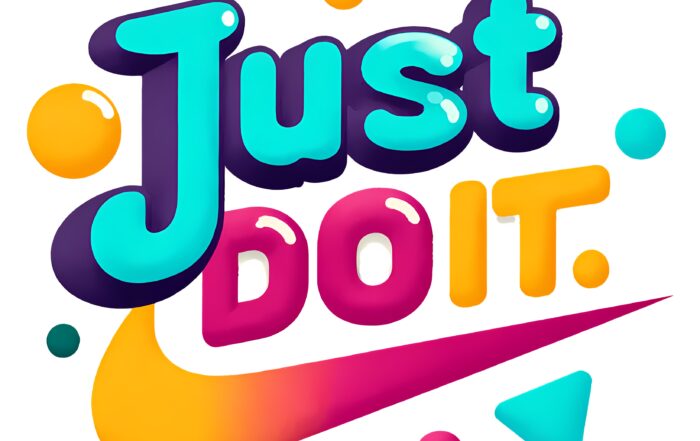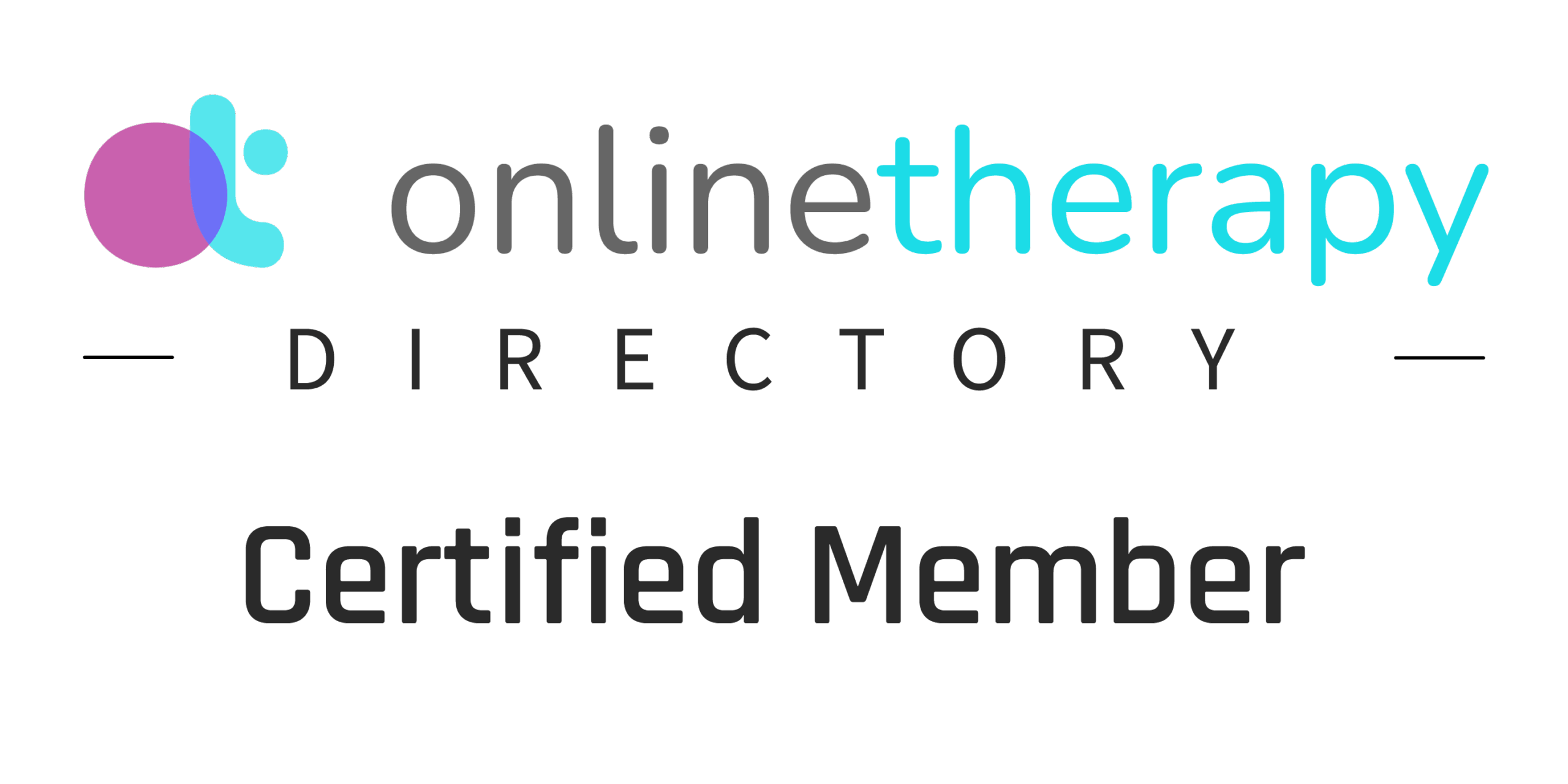The Biggest Fallacy Is That We Need to Obtain ____ or Get ____ to Be Happy

One of the biggest fallacies I see—in others, in my work, and even within myself—is the belief that happiness lives on the other side of something. We tend to think, “If I just had more money…” or “If I could just find a partner…” or “If I had a different job, home, or body…”—then I would finally be happy.
Everyone has their own version of what fills those blanks. And while there’s nothing inherently wrong with wanting improvement or change, the illusion lies in thinking that the next thing will automatically bring lasting happiness. Because, most often, it doesn’t.
I’ve witnessed this in therapy sessions in my practice, in Westlake Village to Los Angeles and beyond. Whether through trauma therapy, EMDR therapy, or mindfulness-based approaches, one pattern appears again and again: we chase something outside ourselves, hoping it will fix an internal void.
The Brain’s Reward System and the “Happiness Chase”
Neurobiologically, our brains are wired to seek reward. The neurotransmitter dopamine plays a major role in motivation, pleasure, and reinforcement. When we anticipate a desired outcome—buying a new car, getting a raise, or even checking our phones for messages—our brains release dopamine. It’s not the reward itself but the anticipation that creates the rush.
This system evolved to help humans survive—by motivating us to seek food, shelter, and connection. But in modern life, it often turns into a loop of constant chasing. We feel a brief high when we achieve the thing we wanted, but the feeling quickly fades. Our dopamine levels drop, and the brain begins scanning for the next “hit.”
It’s no wonder so many people describe feeling stuck on an emotional treadmill—always running toward happiness, but rarely arriving.
The Difference Between Growth and Fixation
Some amount of striving is healthy. It helps us grow, evolve, and envision new possibilities. But problems arise when we attach our emotional well-being to external outcomes—when we believe that happiness is conditional upon obtaining something outside of ourselves.
I often see this dynamic emerge in relationship therapy and individual therapy sessions. A person may believe that a new partner, a different friend group, or a better career will finally make them feel whole. Yet once they get those things, the same dissatisfaction returns, because the underlying issue isn’t external—it’s internal.
Healing begins when we shift from chasing happiness to cultivating peace.
What Does “Happy” Really Mean?
When people say, “I just want to be happy,” I often ask them, What does happiness mean to you?
Does it mean feeling good all the time? Never having problems again? Living without stress or pain? Because that version of happiness doesn’t exist—not for anyone. Our emotional landscape is designed to ebb and flow. The human nervous system naturally moves through cycles of activation and rest, highs and lows.
So perhaps the goal isn’t happiness in the idealized sense, but contentment. For me, happiness means serenity—a sense of peace, ease, and flow. For others, it may mean presence, gratitude, or connection.
When you define happiness for yourself, it becomes easier to identify what truly nourishes it—and what doesn’t.
How to Cultivate Real Contentment
If peace and contentment are what you seek, start with practices that regulate the nervous system rather than chase stimulation. Somatic trauma therapy offers powerful tools for this. Techniques such as deep breathing, gentle stretching, grounding exercises, or mindful walks in nature help bring the body back into balance.
You can also try mindfulness practices like eating slowly and intentionally, noticing textures and tastes, or spending a few quiet minutes connecting with your senses. These small moments of awareness calm the mind and anchor you to the present.
In my practice as a trauma-focused psychotherapist in Westlake Village and Thousand Oaks, I often integrate somatic and cognitive approaches—helping clients not just think differently, but feel differently. Combining mindfulness with Dialectical Behavior Therapy (DBT) skills can increase emotional resilience and cognitive flexibility. Instead of reacting with, “I can’t believe this is happening to me,” you might learn to think, “This is hard, but I can pause, regroup, and refocus on what’s in my control.”
That’s what true emotional empowerment looks like.
Shifting from Future Thinking to Present Living
It’s important to notice when your mind is living in the “if only” space:
If only I had this job.
If only I lived somewhere else.
If only this person loved me differently.
When you catch yourself thinking this way, pause and ask: What am I hoping this thing will give me? Is it safety, belonging, peace, validation? And how might I begin to cultivate those feelings now—without waiting for something external to change?
As we bring awareness to these thought patterns, we step out of the trap of future-focused living and into the richness of the present. That’s where growth, healing, and authentic happiness live.
Closing Reflection
Happiness is not a destination. It’s a state of being we nurture through self-regulation, perspective shifts, and conscious presence. You don’t need to wait for life to be perfect to feel joy—you can learn to access it right where you are.
As you reflect on your own “if I just had ___” beliefs, ask yourself: Is my happiness truly waiting on that? Or might it already be within reach, here in this very moment, if I simply slow down enough to notice?
Written by Valeriya Bauer, LMFT
Trauma Therapist serving Westlake Village, Thousand Oaks, Agoura Hills, Calabasas, Oak Park, Ventura, Los Angeles, and throughout California.
Specialties: Trauma Therapy • EMDR Therapy • Somatic Trauma Therapy • Dialectical Behavior Therapy (DBT) • Mindfulness • Relationship Therapy • Trauma-Informed Care
Available for: Online Sessions & In-Person Sessions




